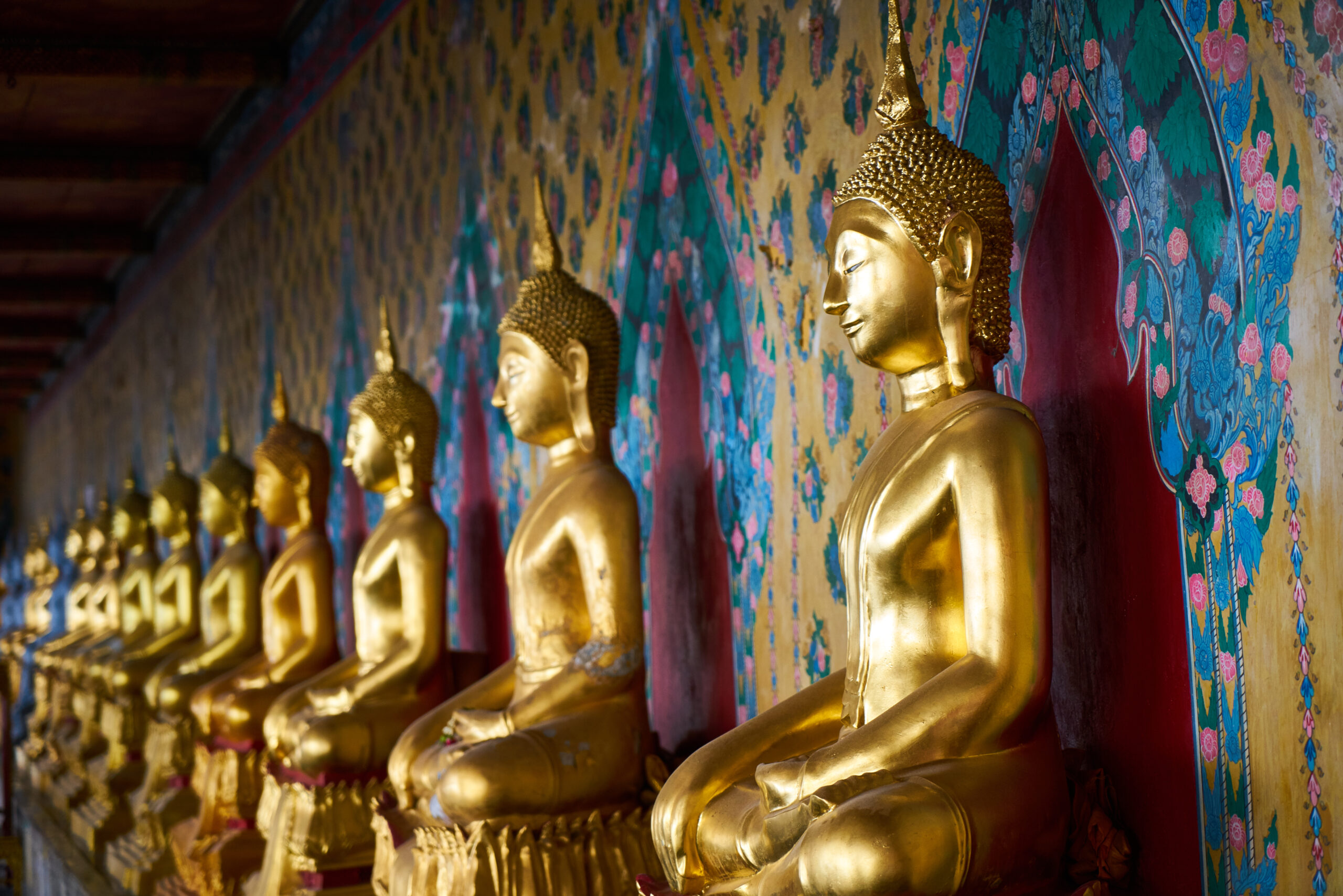Buddha stupas are sacred monuments that hold deep spiritual significance in Buddhism. These structures serve as symbols of enlightenment, meditation, and peace, guiding practitioners on their spiritual journey. Found across various Buddhist communities worldwide, stupas represent the path to enlightenment and provide a space for reflection, prayer, and devotion.
The Symbolism and Structure of Stupas
A stupa is more than just a physical structure; it is a representation of the Buddha’s enlightened mind and the teachings of Dharma. Traditionally, stupas are built in a specific architectural style, with each part carrying deep symbolic meaning:
- The Base – Represents the earth element, symbolizing stability and grounding in spiritual practice.
- The Dome – Symbolizes the water element and the formless nature of existence.
- The Harmika (Square Structure on Top of the Dome) – Represents the fire element, signifying wisdom and transformation.
- The Spire (13 Rings Above the Harmika) – Represents the air element and the 13 stages of spiritual enlightenment.
- The Lotus and the Crown – Symbolize the highest state of enlightenment and the ultimate goal of spiritual practice.
Buddhist traditions hold that building or circumambulating a stupa with devotion generates immense spiritual merit, helping individuals accumulate positive karma and progress on their path to liberation.
Stupas as Centers for Meditation and Peace
One of the primary purposes of a stupa is to provide a space for meditation and self-reflection. Practitioners walk around the stupa in a clockwise direction while chanting prayers or focusing on mindfulness. This practice, known as “circumambulation,” is believed to purify the mind, remove negative karma, and bring inner peace.
Stupas also serve as reminders of the impermanence of life and the importance of cultivating compassion, wisdom, and mindfulness. Many people visit these sacred sites to seek spiritual guidance, find solace in times of hardship, and connect with their inner selves.
The Global Presence of Buddha Stupas
While stupas originated in India, they have since spread across the world, with notable structures in Nepal, Tibet, Sri Lanka, Myanmar, Thailand, and beyond. Some of the most famous stupas include:
- Swayambhunath Stupa (Nepal) – Also known as the “Monkey Temple,” this ancient stupa is a major center for Buddhist practice and pilgrimage.
- Boudhanath Stupa (Nepal) – One of the largest stupas in the world, it is a focal point for Tibetan Buddhism and a UNESCO World Heritage Site.
- Shwedagon Pagoda (Myanmar) – A golden stupa that houses relics of the Buddha and is considered the most sacred Buddhist site in Myanmar.
- The Great Stupa at Sanchi (India) – One of the oldest stupas, built by Emperor Ashoka, marking the spread of Buddhism.
The Spiritual Impact of Stupas
Stupas play a crucial role in preserving Buddhist teachings and inspiring spiritual growth. They remind practitioners of the Buddha’s journey, encouraging them to cultivate virtues like patience, generosity, and inner peace. The serene environment of a stupa fosters meditation, allowing individuals to quiet their minds and deepen their spiritual understanding.
Moreover, stupas serve as centers for interfaith harmony, welcoming people from diverse backgrounds to experience their sacred energy. Their presence promotes global peace and unity, reinforcing the universal message of compassion and enlightenment.
Conclusion
Buddha stupas are more than just architectural wonders—they are powerful symbols of spiritual awakening and inner transformation. Whether through meditation, prayer, or simple admiration, these sacred structures continue to inspire millions of people on their path to peace and enlightenment. By honoring and preserving stupas, we keep alive the wisdom of the Buddha, ensuring that future generations can continue their spiritual journey toward a more compassionate and mindful world.




